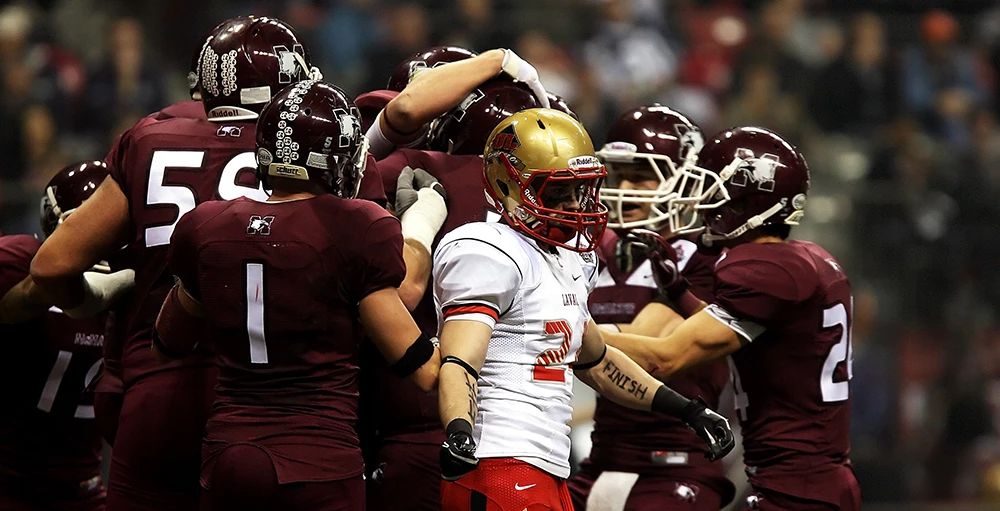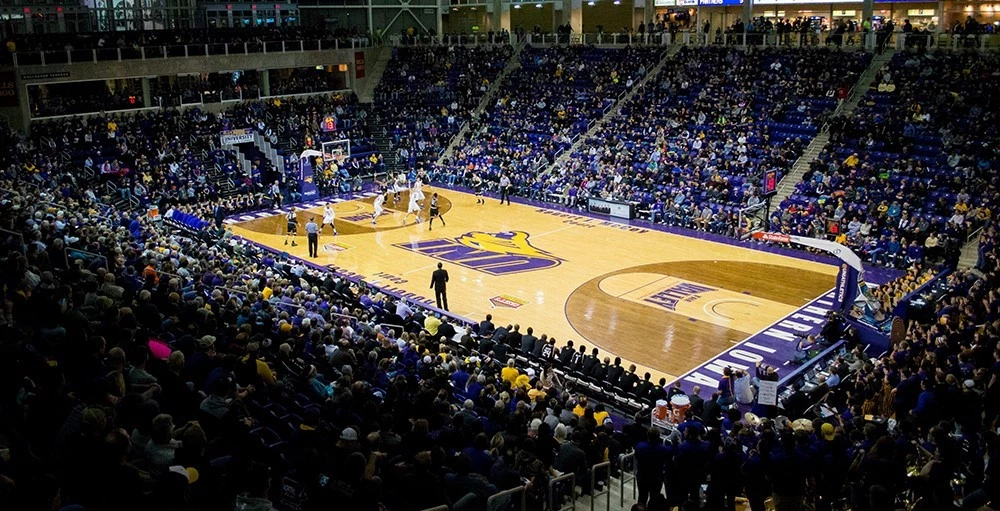Until recent years, student-athletes were not allowed to be financially sponsored by outside businesses or organizations. However, NCAA rules and state laws now allow them to earn money through sponsorship deals while playing their sport.
This new allowance is called NIL, which stands for name, image, and likeness. Student-athletes can profit and sign sponsorship deals for any of these instances.1
As exciting as this is for many teenage and young adult student-athletes, the fact remains that, usually, these people don’t have the life experience or financial literacy skills to manage large amounts of money responsibly. Not only did most students not get those lessons before leaving home, but they are now responsible for money in a way they never were before and they have a ton of questions to go with it.
The Benefits of Financial Education for Student-Athletes
Now that these laws have opened the endorsement door for student-athletes, colleges and universities have the responsibility to help their students manage their money well. This benefits educational organizations, too.
When student-athletes are seen to benefit from their extra income and not use it to waste extravagantly, it gives the endorsement deals a better name. More athletes will want to participate and seek out deals themselves when they see that they can be set up for success.
It’s common knowledge, too, that more money often creates more problems. Offering financial wellness education and training stops problems before they start.
Student-athletes are less likely to enter into agreements that could hurt them in the long run, and less likely to get into trouble with their cash flow, which could make a bad name for the school, the sport, and the sponsorship.
If student-athletes take on too much, get into trouble, or aren’t holding up with their classes, they won’t be eligible to play. This spells bad news for the face of sponsorship deals, the schools the athletes represent, and the students themselves.
Colleges and universities, then, have no reason not to help their student-athletes make smart financial decisions.
What Student-Athletes Need to Know
There are several areas in which educational institutions can help their student-athletes prepare to sort through, accept, and work with NIL-sponsorship deals. These types of questions are just the beginning of a solid foundation in NIL sponsored-money management.
What sponsorships are worth your time?
College athletes are incredibly busy, that’s no secret. Their time is precious. The more lucrative the sponsorship deal, the more time it probably requires for photos, social media posts, interviews, etc. The athletes need to know how to weigh their time spent with the amount they will earn, and also to factor in how it will affect their studying and practice time.
What are you looking to gain from the sponsorship?
Sponsorship has many benefits. Not only does it help bring in additional income—which most college students need—but it creates network connections, builds a resume, and develops interpersonal and life skills in a developing digital world.
How will you handle your income?
Earning money isn’t just about making sure that your checking account doesn’t overdraft. These young adults need to know how to make decisions about what to spend and where, how to save and invest, and what their large-scale financial plan is for the future.
How will you protect yourself?
Signing sponsorship contracts doesn’t just mean agreeing to wear a name on your practice jersey or pose for a picture drinking a particular beverage. There are stipulations, clauses, and fine print. Student-athletes need help understanding their responsibilities when entering into a contract, and what they could be responsible for if things don’t work out.
Making Financial Education Accessible
Schools can do several things to help student-athletes become financially literate and secure enough to manage sponsorship deals.
One way is by hiring a NIL coordinator, as San Diego State did.1 This person could meet with teams as a whole or with individual athletes to discuss potential deals, make financial plans, and help navigate new situations.
Another way is by creating a low-unit class that all student-athletes are required to take if they want to be eligible to sign a sponsorship deal with a school. The financial aid director at each educational institution is the perfect person to help lead these classes or seminars. They could even partner with the NIL coordinator to give students more support.
These classes could even align with other financial education resources for all students. Higher ed institutions have the option to bring in speakers from other areas of college life, such as the career center, housing, and legal services to give a broad view of financial education.
Many college students enter into this era of being fully responsible for their own lives, without knowing the basics of a secure financial future, such as how to file taxes, what insurance they need, the risks and benefits of credit cards, and planning for homeownership or retirement. College is the perfect place to open this door to real-life financial literacy skills.
How a Financial Literacy Program Can Help
iGrad offers a large library of resources that makes adding a class like this easy for any college or university. Our Best Practices for a Campus-Wide Financial Literacy Initiative is applicable to not just student-athletes, but everyone who is a part of the collaborative effort.
Teaching these skills early on ensures that your student-athletes are supported. As the sponsorships and athletics garner attention, the school’s name gets bolstered, too.
Educational institutions have a responsibility to invest in their student-athletes and set them up for success.
1 -https://www.abc10.com/article/news/local/california/calmatters/athletes-call-for-financial-literacy-training-california/103-41cfa0fc-e515-487c-b3f4-23621b03f756








